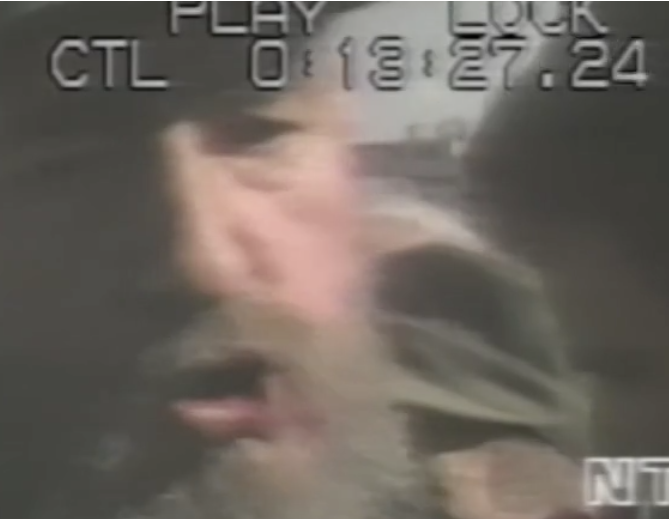
Juan Juan Almeida, 5 August 2016 — In Cuba 1994 marked the low point of an economic downturn which has been ongoing since the demise of the Eastern bloc in 1989. At the time the government was anticipating social unrest in the east of the country.
Discontent within the military had reached dangerous levels due to layoffs and forced reassignments by the the Interior Ministry after Cause I and Cause II* of that year produced the same rumblings as the libertarian winds blowing into the island from Eastern Europe. The crisis was exacerbated by a sugar harvest that barely reached four million tons and by the untimely arrival of a polyneuritis epidemic, which forced authorities to take extraordinary economic measures. In terms of the volume of its transactions, the black market rivaled state-run stores, but with prices twenty times higher.
Financial imbalance, budget deficits and an insolvent population turned life into a daily drama. Cubans routinely witnessed unconventional attempts at illegal emigration, such as the hijacking of the 13 de Marzo Tugboat and the ferries at Regla and Casablanca.
It was a time of exhaustion, privation, hopelessness, anger and blackouts. The government realized, all too well, that all these factors could easily set off an explosion, which it believed would lead to riots. It was prepared for this but it had no confidence in the loyalty of the Interior Ministy’s Special Forces. As we now know, it responded by creating the Black Wasps, an elite and parallel military force that included anti-riot units.
The anticipated popular uprising (which ordinary Cubans call the “Maleconazo”) began on August 5 but, to the astonishment of the Cuban high command, it was not about overturning the government; it was about leaving the country. The government reacted with its customary brutality, counterattacking in every direction. Through lightning force, trickery, viciousness and bloodshed it crushed the protests. It infiltrated the demonstration with its own agents, who tempered the group’s fortitude in order to allow Fidel to later make an appearance in the conflict zone, which made an impression both on those present and world opinion.
Those implicated in the uprising were forced to publicly denounce it in the national media, which decided to refer to the protests as “the events of August 5.”
They exhibited both a perfidious strategy and strength. For the rest of that summer, helmeted anti-riot troops with shields patrolled Havana in armored vehicles (especially the Old Havana, Guanabacoa and Tenth of October neighborhoods), leaving the population with a sinister, frightening and evocative vision of what could happen if there were ever a repeat of a previous protest.
*Translator’s note: On July 13, 1989 a high-profile general, a former head of the Cuban Interior Ministry and two senior military officers were executed by firing squad after having been convicted by a military tribunal of drug trafficking and treason. Several of their associates received long prison sentences.
